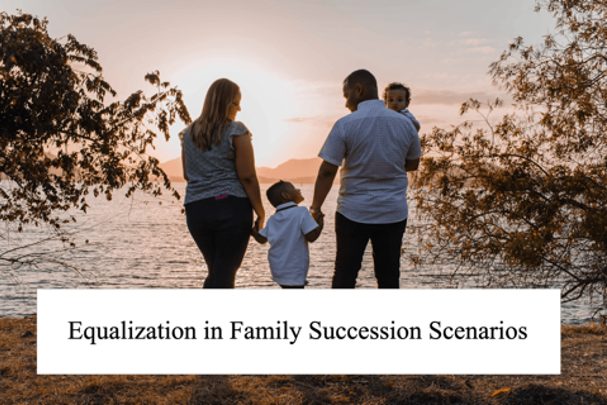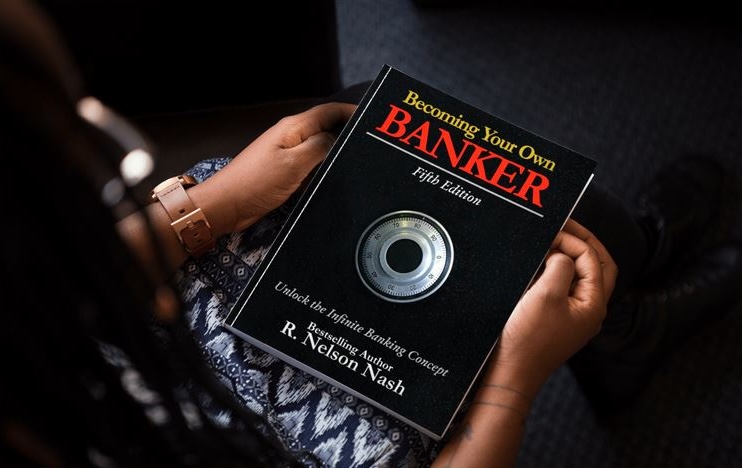Many clients like the idea of their corporation owning and paying for their life insurance coverage. There are many reasons for this, but the most common one is that they are using corporate after-tax dollars to pay premiums rather than personal after-tax dollars.
For most business owners, that results in a savings on the dollars being used to pay premiums and most business owners seek that situation out whenever they can.
However, one of the most common questions I get asked by clients around owing their life insurance corporately, is if it is still tax-free on death. The simple answer is “Yes”. When a life insurance policy is owned and paid for by a corporation, and the death benefit pays to the corporation, the full death benefit is received by the corporation tax-free. This can provide a significant benefit for the corporation that is going to use the funds to replace a key person, pay off business loans or receivables, or transact a buy-sell arrangement.
Often times, when corporate-owned life insurance is put in place, the purpose of the insurance is not tied solely to the corporation, it is often tied to the personal estate planning of the individual that was originally insured. When a life insurance policy is held by a corporation and the death benefit is required to be used in the personal estate planning of the deceased, a discussion of how the money flows from the corporation out to the deceased estate is in order.
Enter the Capital Dividend Account (“CDA”)
The CDA is a notional account that tracks the tax-free amounts received by Canadian-controlled private corporations, which includes the proceeds of a life insurance policy. This article will not cover the specific sections of the Income Tax Act (“ITA”) that outline the mechanics of the CDA, but will focus on the discussion that should take place around the use of corporate-owned life insurance and how it integrates with the CDA.
Life Insurance that pays into a corporation is received tax-free in the corporation, and a related credit in the CDA occurs from the proceeds of the life insurance policy.In turn, any amounts in the CDA can be paid out of the corporation as a tax-free dividend to shareholders (which could be an estate).The key words here being the proceeds of the life insurance policy, which are calculated as:
Death Benefit minus Adjusted Cost Base
The Adjusted Cost Base (“ACB”) of a life insurance policy is based on a calculation that relates the Cumulative Premiums Paid on a policy and subtracts the Cumulative Net Cost of Pure Insurance (“NCPI”). So, the type of policy and the type of funding you are doing in that policy will have a material impact on the ACB of your policy and, therefore, the CDA. Here is the good news. Most life insurance carriers’ software will allow you to illustrate the ACB and the credit to the CDA, so you don’t have to calculate these things for your client. It is more your responsibility to educate your client so that there are no surprises on how “tax-free” the life insurance policy is as it flows outside of the corporation.
For a more in-depth discussion around the appropriate use of corporate-owned Life Insurance, reach out to me at 1 877 920 6633 or bhyde@idcwin.ca.
Unlock Corporate Life Insurance Benefits
Discover how corporate-owned life insurance can provide tax advantages and support your business and estate planning goals.
Corporate Owned Life Insurance Series: Passive Investments and the Small Business Deduction
New legislation passed in 2018 that may have an impact on a small business in Canada that relies on using the lower tax rates on the first $500,000 of annual business income. Since 2019, if a business has passive investment income in excess of $50,000, they will have reduced access to the Small Business Deduction (“SBD”).
Although many clients don’t hit the $50,000 threshold with passive investment income, it is a discussion that is prudent with those that are trending in that direction, those that are getting close, or those that are over the threshold. The claw back on the use of the SBD can have a significant impact over time and can add up to several million dollars of opportunity cost.

For example, a client that has $150,000 or more of passive investment income would lose full access to the SBD, which in Alberta is the difference of paying 11% tax on the first $500,000 of active business income and paying 25%. That translates into an additional $70,000 of tax annually if the company loses access to the SBD. If you look at that impact for one year, it may be manageable; however, if you look at the compounded effect over 20 years, that is quite a significant loss to taxes.
There are a number of things you can do to help a client who is impacted by the passive investment rules. Each of them should be explored so that a tailor-made plan that works for the client and their business is created.
Anything that defers tax or tax shelters investments that are held by the corporation can be helpful.
This would include various asset allocation strategies like: Deferred investment gain investments, real estate, land, stock portfolios with capital gain structures, and life insurance.
Alternatively, you could remove the investments from the passive investment pool by using vehicles like Individual Pension Plans (“IPP”) or Retirement Compensation Agreements (“RCA”).
There a number of things to be explored around the new rules that many clients are just now starting to feel the impact of. Good planning in this area can help you provide tremendous value for your client.
For a more in-depth discussion around the appropriate use of corporate-owned Life Insurance or one of the other methods of reducing the impact of the passive investment rules, reach out to me at 1 877 920 6633 or bhyde@idcwin.ca.
Ensure Fair Family Succession
Planning for business succession with multiple children? See how corporate life insurance can help achieve equitable outcomes.
Corporate Owned Life Insurance Series: Equalization in Family Succession Scenarios
Discussion about family succession and business continuation would be infinitely easier for families if they only had one child, and that child would take things over. The reality is that families usually have more than one child, and sometimes those children don’t always grow up seeing life through the same lens; in fact, they rarely do. This creates potential issues for parents when they are trying to decide how to distribute their estate as they balance who they feel could run the business against who should benefit from the business and how.
This is where the concept of Equalization comes into play. The concept suggests that all children will receive “equal” value in the assets being distributed. What is key to understand is that it does not state which assets will be transferred to each of the beneficiaries, and it doesn’t have to be exactly “equal”. To keep family harmony in the future, a similar but not necessarily equal value should be conferred to each of the children, where it makes sense.

Let’s look at a case where Mom and Dad have built a good business with a value of $5,000,000. They have 4 children, 2 of them are actively working in the business and could run it, one worked in the business but no longer does, and the last child has no interest in the business. The children all get along relatively well today, and Mom and Dad would like that to continue in the future. The rest of Mom and Dad’s estate is the family home (worth $700,000) and some investments totalling $500,000.
If we took a traditional approach where the children all receive equal shares in the estate, we would be left with all 4 children receiving 25% ownership in the company, and sharing the rest of the assets. This could be very problematic as no one has controlling interest in the company, and the two siblings not involved in the company are going to receive shares that they would likely rather have the value for rather than having the shares. There could be several other issues this creates, but that is dependent on the family dynamics.
This is where life insurance could be used to provide a payment out to the non-involved children and leave the business to the children who are in the business. This could resolve significant issues for the siblings moving forward. The amount of the insurance does not have to be the exact amount of what the shares would have provided, as they are receiving cash to do with as they see fit. A little different than receiving a business entity to run.
Equalization planning is often overlooked, but can be a big help for the clients and their families. The concept is also very pertinent to farm planning.
For a more in-depth discussion around the appropriate use of corporate-owned Life Insurance, reach out to me at 1 877 920 6633 or bhyde@idcwin.ca.
Maximize Your Corporate Life Insurance Strategy
Ready for a personalized discussion about how corporate-owned life insurance fits into your unique business and estate plan?

Popular Posts
- Understanding 401(k) Withdrawal Rules
 What do you have planned for your golden years? Having enough money to live comfortably and meet your goals for retirement often starts with your… Read more: Understanding 401(k) Withdrawal Rules
What do you have planned for your golden years? Having enough money to live comfortably and meet your goals for retirement often starts with your… Read more: Understanding 401(k) Withdrawal Rules - Is Infinite Banking Right for You? Pros, Cons, and Insights
 Are you ready to take the first step toward financial control and independence? Canadians from across the country are learning how the Infinite Banking Concept… Read more: Is Infinite Banking Right for You? Pros, Cons, and Insights
Are you ready to take the first step toward financial control and independence? Canadians from across the country are learning how the Infinite Banking Concept… Read more: Is Infinite Banking Right for You? Pros, Cons, and Insights
Share This Post
About the Author:
Jayson Lowe
As a seasoned coach, author, and podcast host, Jayson’s insights are rooted in real-world experience and a proven track record of turning challenges into opportunities. He’s not just a speaker—he’s a catalyst for change, inspiring audiences with actionable strategies and the motivation to implement them. Whether you’re looking to ignite your team’s potential, elevate your business strategies, or gain unparalleled insights into entrepreneurship, Jayson Lowe delivers with passion, clarity, and an undeniable impact.
Categories & Tags






